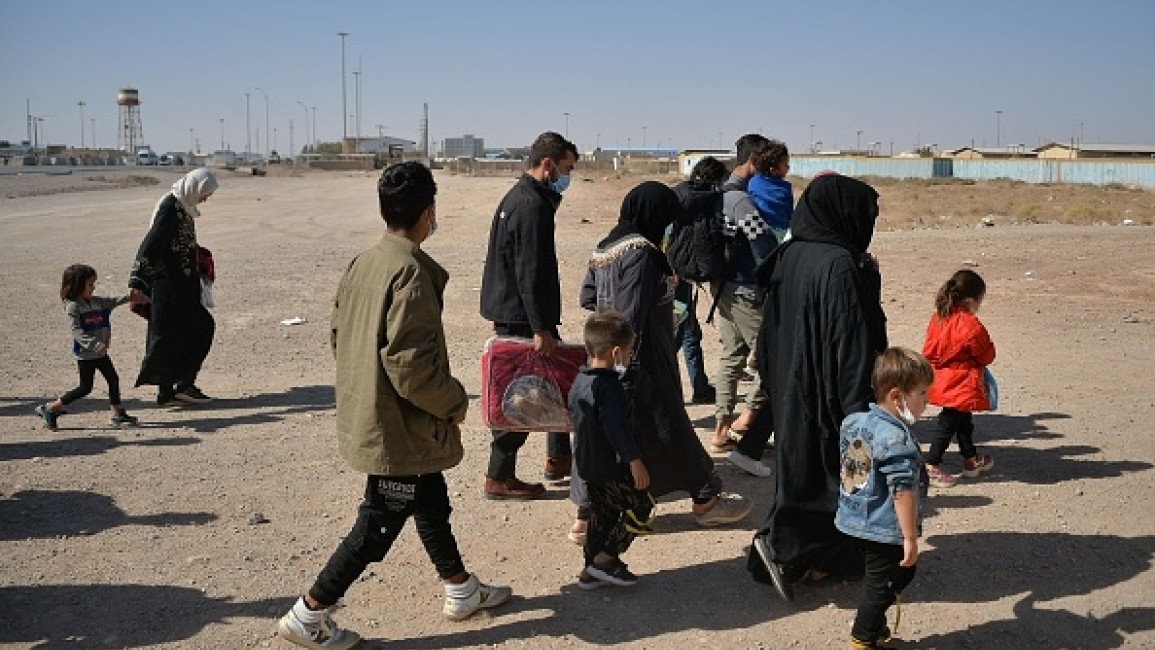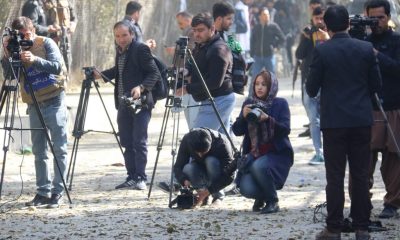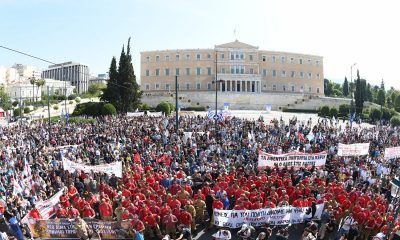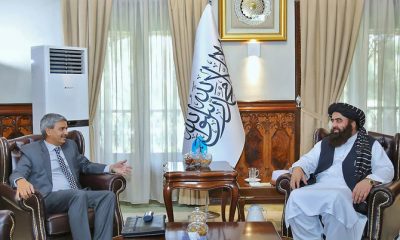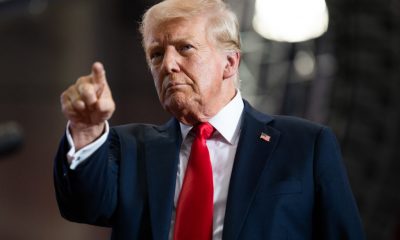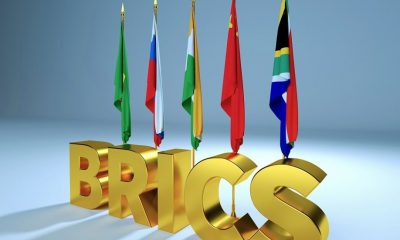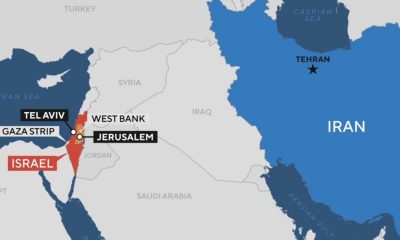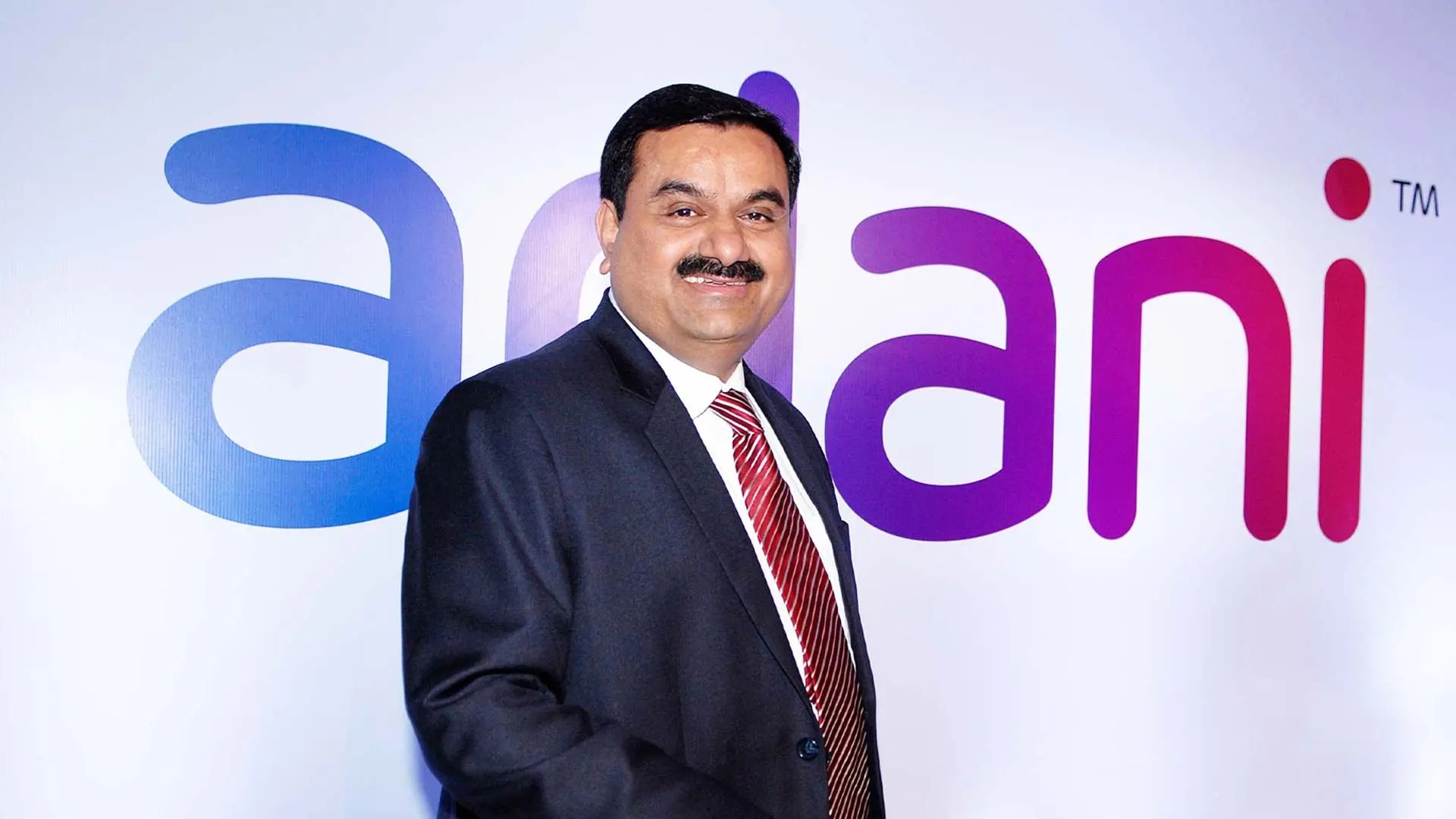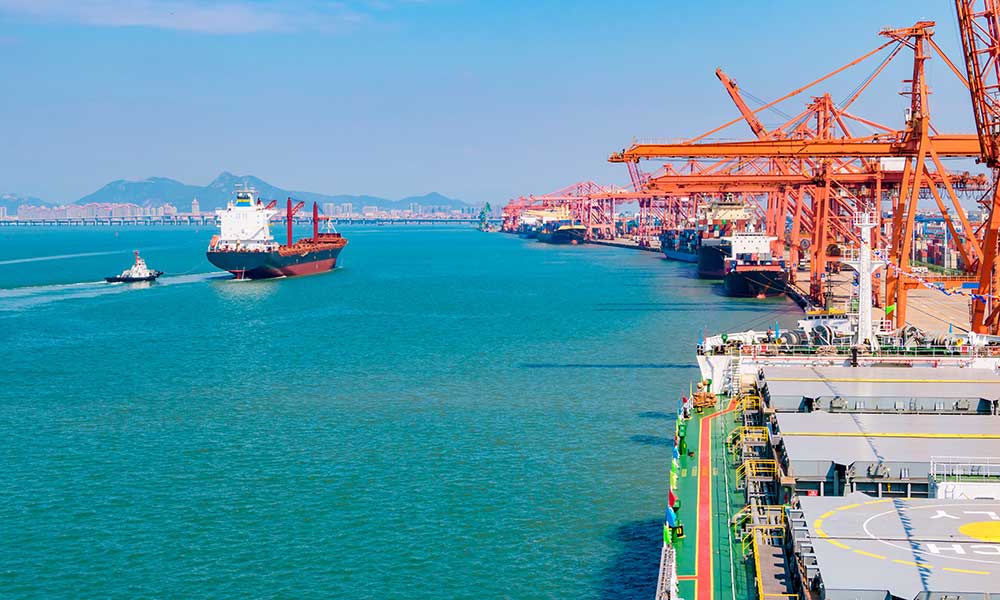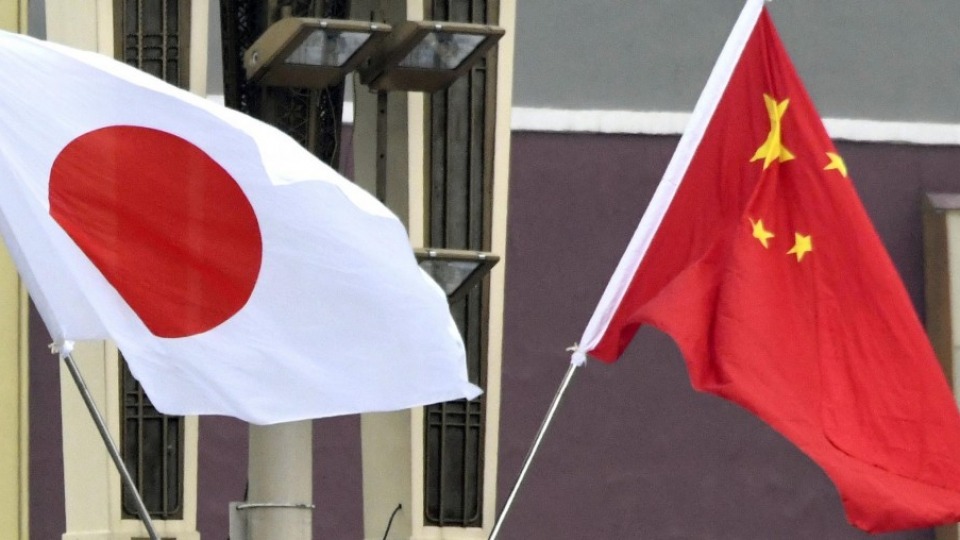In the past few days, efforts have been made by some Iranian citizens to deport Afghan immigrants from that country. Behind these efforts, there are a number of journalists, some of whom write and publish content under pseudonyms on social accounts to put pressure on the Iranian government to deport Afghan immigrants.
In the meantime, there are some Iranian journalists and media people who work with their original names and identities in social networks and mass media, and these journalists play a prominent role in inflaming the situation for immigrants.
Some of these journalists and social media influencers, unfortunately, in order to confuse the Iranian people and incite them against the Afghan immigrants, they publish false information and, as journalists and experts, make unfair accusations against the immigrants, which are mostly not reasonable. This way of propaganda is really not worthy of a human society, let alone that there are linguistic, cultural and religious commonalities between the two countries Afghanistan and Iran. It is worth mentioning that there are common roots and history between Kabul and Iran. And behind that both are the Muslims and speak the same language.
In the last few days, snippets of the speeches of an Iranian journalist named Seyedhadi Kesaizadeh, which he said in a debate, have been circulating on social networks.
The whole debate is over two hours and Kesaizadeh, who represents him as a journalist and pretends to know everything, gives misleading information and makes unjust and sometimes embarrassing accusations against the Afghan immigrants.
False and misleading information is utterly against norm of journalism
A few words from Kesaizadeh may be true, but in general he deliberately wants to distort and divert the Iranian people’s mentality by publishing false and misleading information so that they act against Afghan immigrants.
To see who Kesaizadeh is, I took a glance at his social media accounts, especially X and followed some of his interviews and reports. He is the managing director of a media called “Midan Azadi” and in some media he is referred to as an investigative reporter.
The literature he uses is strange. He calls waste recycling “garbage mafia”. However, what he says in the guise of a journalist, whether in the recent debate or previous interviews or on his social media pages, the vast majority of it has nothing to do with reality and is just pure hatred.
He makes very absurd and incorrect generalizations and makes claims that do not come out of the mouth of a wise and mature person. It has clear racist demarcations and asserts that “all Afghans are either criminals or terrorists unless proven otherwise.”
The community of Afghan immigrants in Iran, which is said to be several million people, can contain thieves and criminals, which is a very normal situation. In its normal state, every society has criminals, thieves, and lawbreakers, otherwise the existence of long and wide organizations called courts, prosecutors, police, etc., becomes meaningless.
Regarding the presence of terrorists, it should be said that the Iranian government is a close friend to Taliban, where Kesaizadeh calls it a terrorist group. But it is irrational and against human principles for a person to come in a journalist’s robe and divide a society of several million people into two groups of “criminals” and “terrorists”.
Kesaizadeh even faked a headline quoting euronews to use against Afghan migrants.
Of course, in other cases, apart from the case of Afghan immigrants, which he wrote less, Kesaizadeh did not forget to spread hatred and make accusations and used aggressive and accusing literature.
Even when he talks about those Iranian politicians who have issues with them, he calls them “political scavengers”. Ironically, after Hassan Nasrallah’s assassination, in a post on social media, he said that an Afghan spy had reported Nasrallah’s location to Israel and demanded the deportation of immigrants from Iran. He published this news by quoting from “euronews” and created an image with the same headline of the news agency with the help of Photoshop. This is despite the fact that a few hours before the impersonation of this Iranian user, euronews published a news story, quoting a French media, and said that an Iranian spy had reported Nasrallah’s location to Israel.
Such falsifications are done with the aim of worsening the living conditions of Afghan immigrants in Iran.
Therefore, in the sense that such people do not have a deep view of the issues, they and their positions should not be given much importance, but unfortunately in the current inflamed atmosphere, such groups of people can make people react against them by launching anti-immigrant campaigns. make it narrower and more difficult for them. They have already created hashtags that demand the deportation of immigrants from Iran.
There is no question that people like Kesaizadeh make false claims and deliberately spread hatred, which unfortunately are not few in number, but the issue is why the Iranian society should go in that direction and what consequences this situation could have for Afghan immigrants?
The claims of those Iranians who spread hatred against Afghan immigrants regarding the large number of immigrants coming from Afghanistan, are true. Most of the families in Afghanistan, one or more of their members have traveled to Iran, and these trips were often for working and providing for the family’s living expenses; Those who have many bitter and sweet memories of living and working in Iran and of course had an acceptable and good image of Iranian people.
The entry of illegal Afghans into Iran is an undeniable fact, but that doesn’t mean Iran should violate immigrant rights.
These things are quite obvious. Illegal entry from the borders is also an undeniable fact. However, Iran, as a member of the international community, must comply with requirements and not violate the rights of immigrants.
Unfortunately, returning immigrants and asylum seekers to a country where their lives are in danger is an act that is committed every day by the Iranian government.
On the other hand, it seems that the contribution of the Iranian government in this hatred is very high. The government of Iran, which suffers from many problems in its domestic and foreign policy, when it feels unable to manage the situation, to prevent the formation of protests by its citizens, it brings up the issue of border control and Afghan immigrants.
Iran had repeatedly hinted on border and Afghan immigrants that it has now become a hot issue and every time this issue is raised, the public mind in Iran is diverted. Deviation of the public mind from internal problems or mistakes in Iran’s foreign policy is one of the main reasons for the issue of Afghan immigrants by the Iranian government. This issue gives an excuse to Iranian anti-immigrants to make the atmosphere more tense by resorting to propaganda and spreading false information.
In fact, this is a cycle where the government turns on the anti-immigrant key, and then the anti-immigrants, especially the anti-immigrant media and journalists, cling to it with all their hands and feet, and finally this time they pressure the government to implement a stricter policy against immigrants. These bilateral measures have worsened the situation of immigrants.
The consequences of this anti-immigrant process for the Afghan immigrant community are very terrible.
Majority of Afghans went to Iran and other countries after the fall of republic government in Afghanistan
In addition to the pressure exerted by Iranian anti-immigrants on the Iranian government, it seems that the collusion of the authorities of Iran with the Taliban is also involved in the group deportation of immigrants.
The government of Iran has always proven that if a social demand – no matter how humane and serious – is not in the direction of this government, it will not act on those demands. In the issue of Afghan immigrants, the government of Iran accepts the wishes of a very few anti-immigrants and intensifies the pressure on the immigrants, there are reasons other than the wishes of the citizens of Iran.
In the recent wave of Afghan immigrants entering Iran, there are those who were members of the Afghan security forces or were journalists or civil activists in pre-Taliban Afghanistan, who are now under persecution of the Taliban.
Kesaizadeh had also mentioned about these Afghans during his debates and interviews on tv. These are the people who have sought refuge in Iran out of fear for their lives, just as they have sought refuge in Pakistan and the northern neighbors of Afghanistan, and even Europe, Australia, and USA. Deporting these Afghan immigrants – whether they have entered Iran legally or illegally – directly put them in danger.
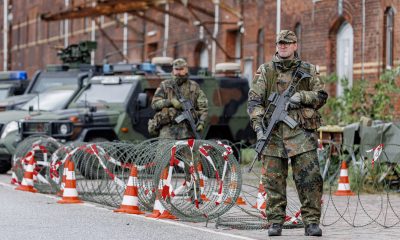
 EUROPE4 days ago
EUROPE4 days ago
 AMERICA2 weeks ago
AMERICA2 weeks ago
 ASIA2 weeks ago
ASIA2 weeks ago
 ASIA2 weeks ago
ASIA2 weeks ago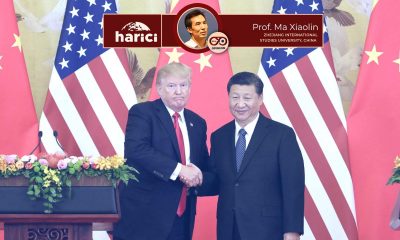
 OPINION2 weeks ago
OPINION2 weeks ago
 AMERICA1 week ago
AMERICA1 week ago
 MIDDLE EAST2 weeks ago
MIDDLE EAST2 weeks ago
 MIDDLE EAST1 week ago
MIDDLE EAST1 week ago
